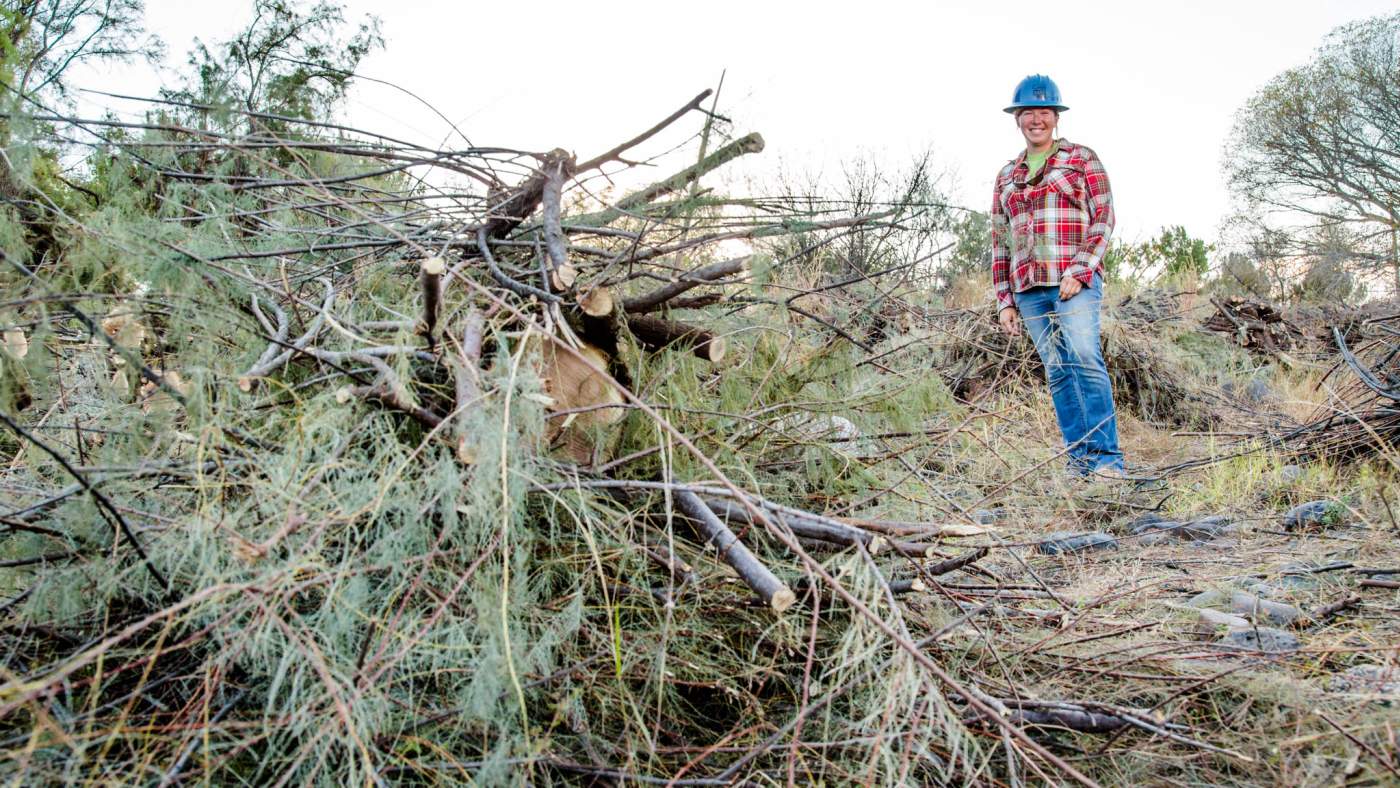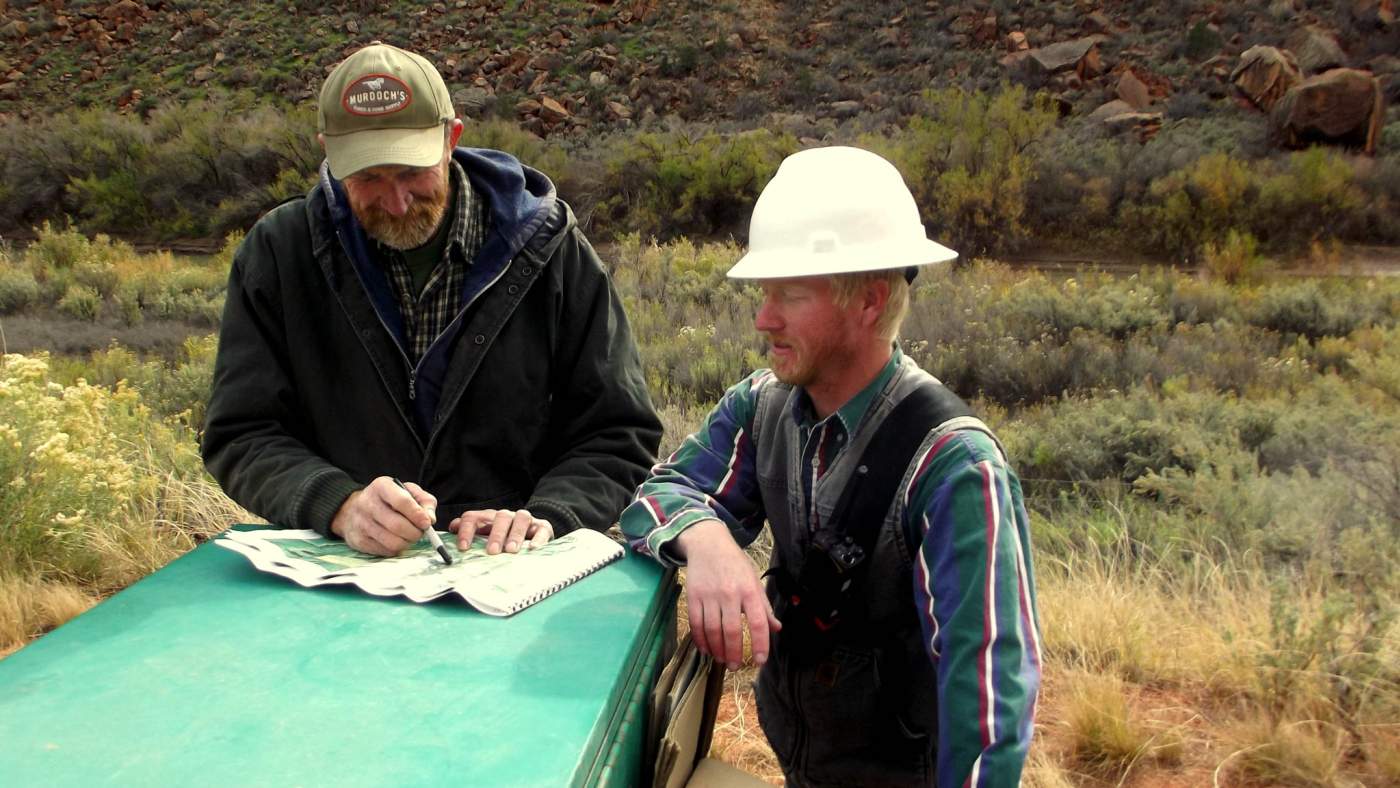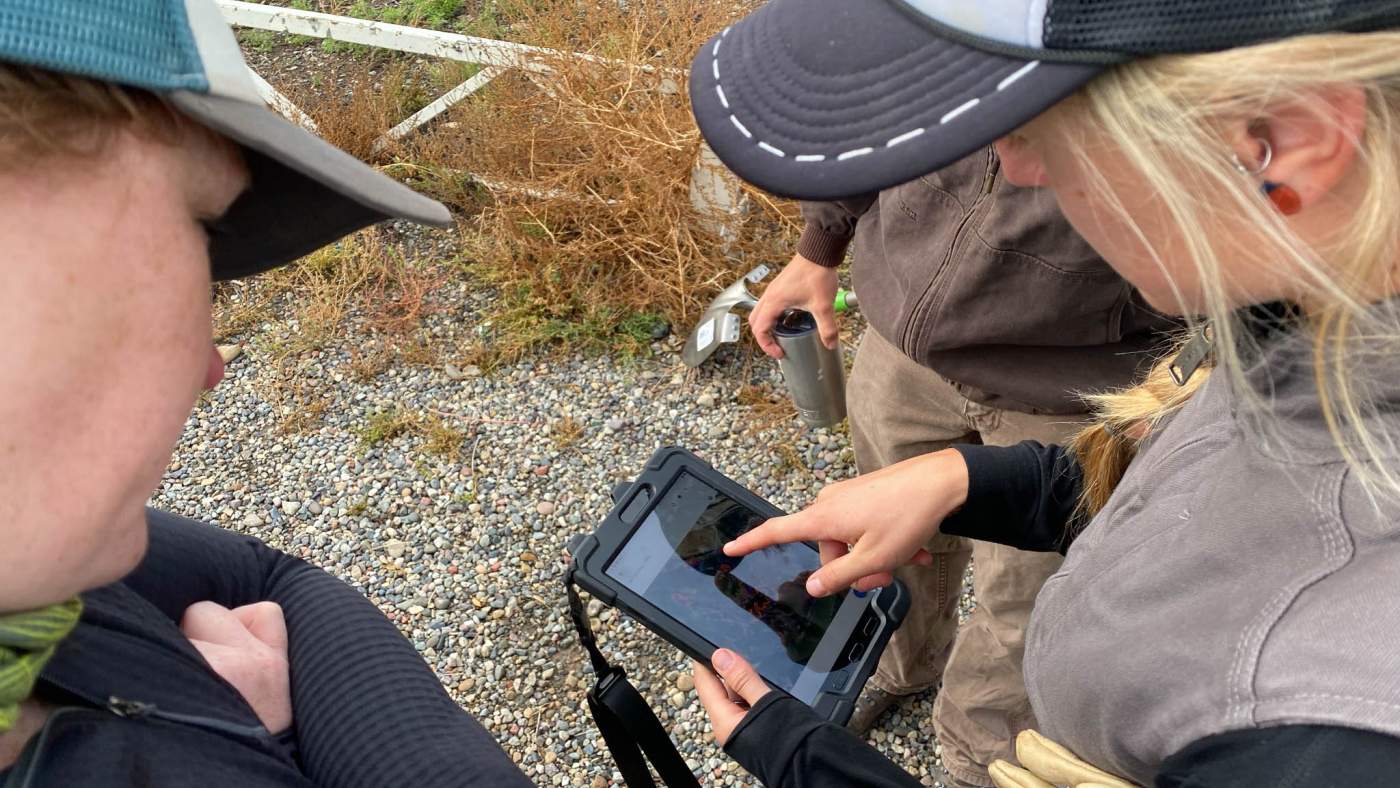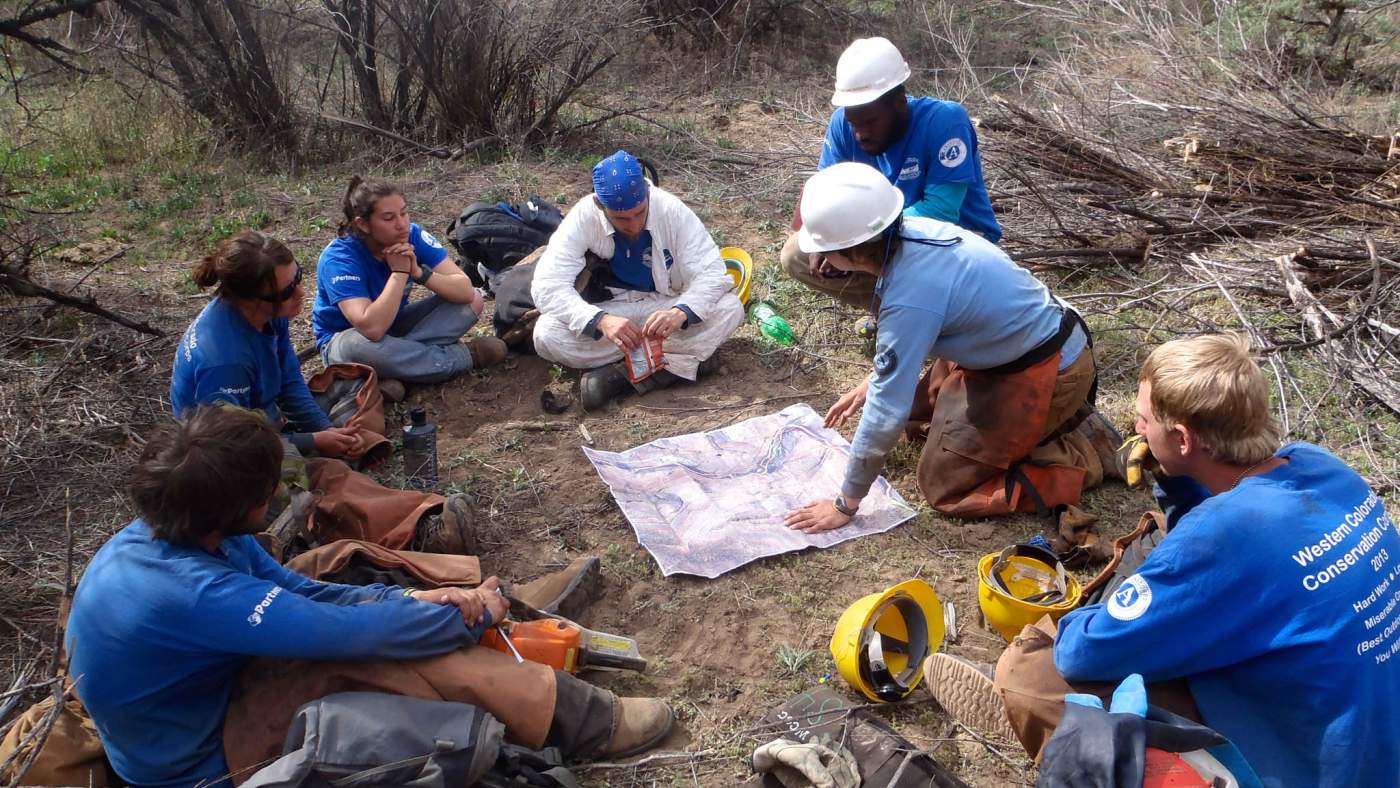Keeping Track of our Progress
Restoration is a process that happens over time, almost always extending beyond the timelines of individual projects. To know if our efforts are successful or on the right path, we conduct vegetation monitoring at sites where work has been done or will soon occur. When monitoring is conducted and the data are analyzed over time, we can measure how a site has changed and plan for future restoration projects.
This data is publicly available to be used for research and for reference. Please let us know if you’d like to use this data for your project.
Read more to learn about a few types of monitoring that we do and the geodatabases that we maintain for our partnerships and others.
Interactive Map
Check out the 4Rivers Geodatabase below in the interactive map.
Layers for monitoring, invasive plant inventory, planned and active treatments, and revegetation efforts are associated with reporting polygons.
RiversEdge West also hosts and maintains an online map for the White River Partnership.
Learn more about the data collected, below.
Feature Classes & Attributes
The 4Rivers Geodatabase holds structured data (e.g., percent cover, vegetation treatment strategies), recorded in the field with a system such as ArcGIS Survey123, then hosted in geodatabases for long-term storage and use. These feature classes and attributes of the 4Rivers geodatabase include:
Monitoring
- Point, line, or area locations where monitoring takes place on a continued basis. These locations should be strategically placed throughout the reporting segments in order to be able to assess broad-scale progress in invasive species treatment and native species recruitment.
- Date when monitoring occurred
- Absolute vegetation cover
- Relative cover of native plants
- Native species, such as Fremont Cottonwood
- Invasive species, such as Tamarisk
- Evidence of natural recruitment
Invasive Species Inventory
- Areas known to contain invasive plant species within the riparian corridor. Attributes contain information about which invasive species are present and the relative cover thereof.
- Access
- Height
- Owner
- Shape area, an auto-populated area measurement (in m^2)
- Other vegetation
Planned Treatments
- Areas within the riparian corridor where primary treatment, retreatment or active restoration are planned to take place.
- Type of treatment, such as primary treatment, retreatment, or active revegetation
- The method of treatment, such as hand, mechanical, or chemical
- Species planned to be treated, such as tamarisk or Russian olive
- Species planned to be planted, such as Fremont Cottonwood
- Year in which the treatment is planned to take place
- Percent complete
- Shape area, an auto-populated area measurement (in m^2)
Invasives Treatments
- Areas within the riparian corridor where primary treatment or retreatment are currently or have already taken place. Primary treatments are the initial hand, mechanical and/or chemical clearing of invasive species. Retreatments are areas where additional treatments are needed after the primary treatment.
Active Revegetation
- Areas within invasive species treatment areas where active restoration is currently or has already taken place. Active revegetation involves encouragement of native species recruitment through targeted planting.




